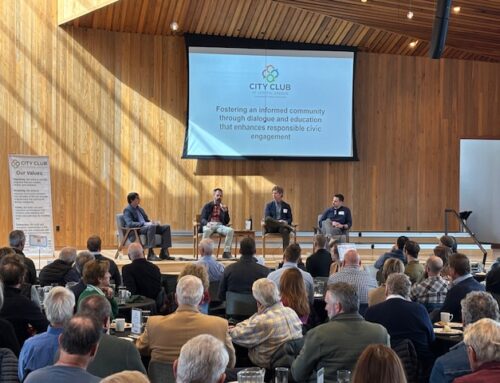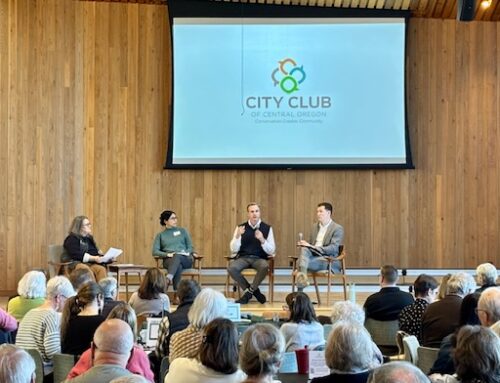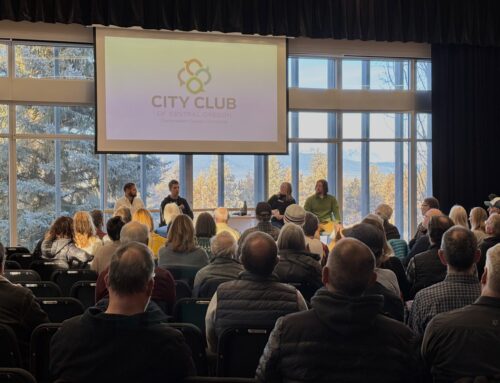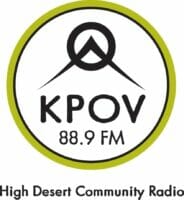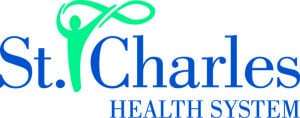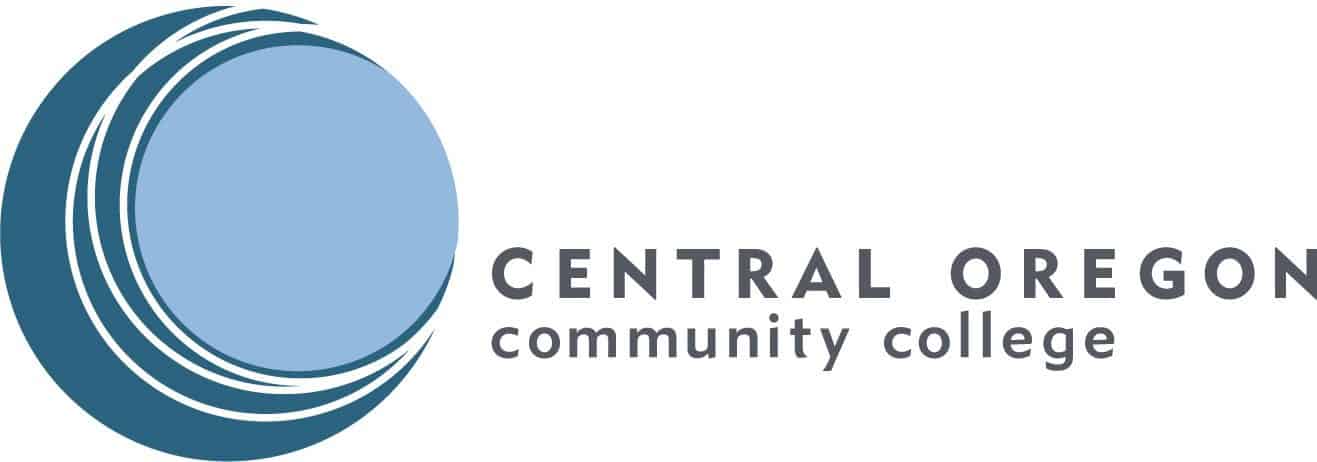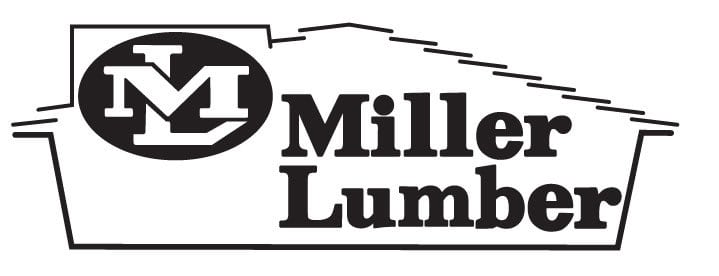Does it seem like Central Oregon has more than its share of nonprofits? And does it seem like they are often asking for donations? This forum challenged that paradigm, as we learned how local nonprofits are a significant economic driver in our community. The fact is nonprofits are growing disproportionately to the economy as a whole and are assuming a larger share of the overall US economy.
Moderator
Anne George: Donor Relations Officer, Oregon Community Foundation. Anne works with individuals, families and groups to achieve their philanthropic goals by connecting them to research, resources, and organizations to enhance their impact in their communities and beyond.
Speakers
Jim White: Executive Director, Nonprofit Association of Oregon. The Nonprofit Association of Oregon is the statewide nonprofit membership organization representing and supporting charitable nonprofits of all sizes, geographic locations and missions across Oregon. Jim is deeply committed to strengthening the voice, leadership, and capacity of the nonprofit sector in Oregon.
Damon Runberg: State Economist, Oregon Employment Department. Damon is a state economist with the Oregon Employment Department covering Central Oregon and the Klamath Basin. He calculates the monthly employment and unemployment estimates for the area’s counties; additionally Damon tracks various economic indicators critical to the region’s economy. He writes prolifically and regularly gives presentations on the state of the local economy.
Resources
Jim White’s slide deck https://g1w.7a5.myftpupload.com/wp-content/uploads/City-Club-of-Central-Oregon-January-2021-Jim-White.pdf
Damon Runberg’s slide deck https://g1w.7a5.myftpupload.com/wp-content/uploads/City-Club-of-Central-Oregon-January-2021-Damon-Runberg.pdf
live chat https://g1w.7a5.myftpupload.com/wp-content/uploads/live-chat.pdf

Central Oregon has a vibrant non-profit sector, with the third-largest concentration in the state, after the Portland Metro and Eugene / Lane County areas. For tax purposes, they are all lumped together: charities, mutual benefit organizations that serve only members, hospitals, and private colleges. To see the impact of non-profits in a region, it’s best to take hospitals out of the equation, because they are so large and obscure the information of all the others. Excluding the hospital system, we have 1111 non-profits in the tri-county area, 540 of which are ‘employment establishments,’ providing 4500 jobs. 62% of jobs in the non-profit sector make over $20 per hour, while only 20% make less than $15. Non-profits are providing living wages to many.
While the community supports non-profits through donations and sponsorships, these organizations also bring money in from outside the region through grants and government contracts. Much of the payroll to their 4500 employees is spent in our local economy, supporting for-profit businesses here. Funds are also used for corporate spending on rent, professional services, advertising, and supplies.

The economic value of the services provided is hard to quantify because our standard measurements are focused on how much money is circulating in the economy as a result of the activity within a particular business. There are economic benefits to non-profits in our community that we don’t have models to quantify. First is the long term benefit or cost a corporation might have on the community. Things that might cost society much more down the road: clean-up or damage repair if environmental groups are not watching and educating the public, increased crime rates and drug use when no programs are in place to help vulnerable populations.


There is also the second-paycheck theory, as taught by Professor Ed Whitelaw at U of O. In Central Oregon, we all receive a second paycheck in addition to the one denominated in dollars: our state’s clean air and streams, scenic vistas, and forested mountains. We all get something we can’t quantify in dollars from the place we live. Non-profits are here doing a lot of work to build and protect that second paycheck for us – things like funding arts and culture and facilitating recreation. In turn, that attractive environment creates growth, bringing in qualified employees as well as businesses and jobs.
Thank you to our presenting sponsor SAGE Insurance Solutions, and supporting sponsors William and Anne Carwile, and Eli and Dottie Ashley. Your support allows us to continue igniting conversation in Central Oregon!

